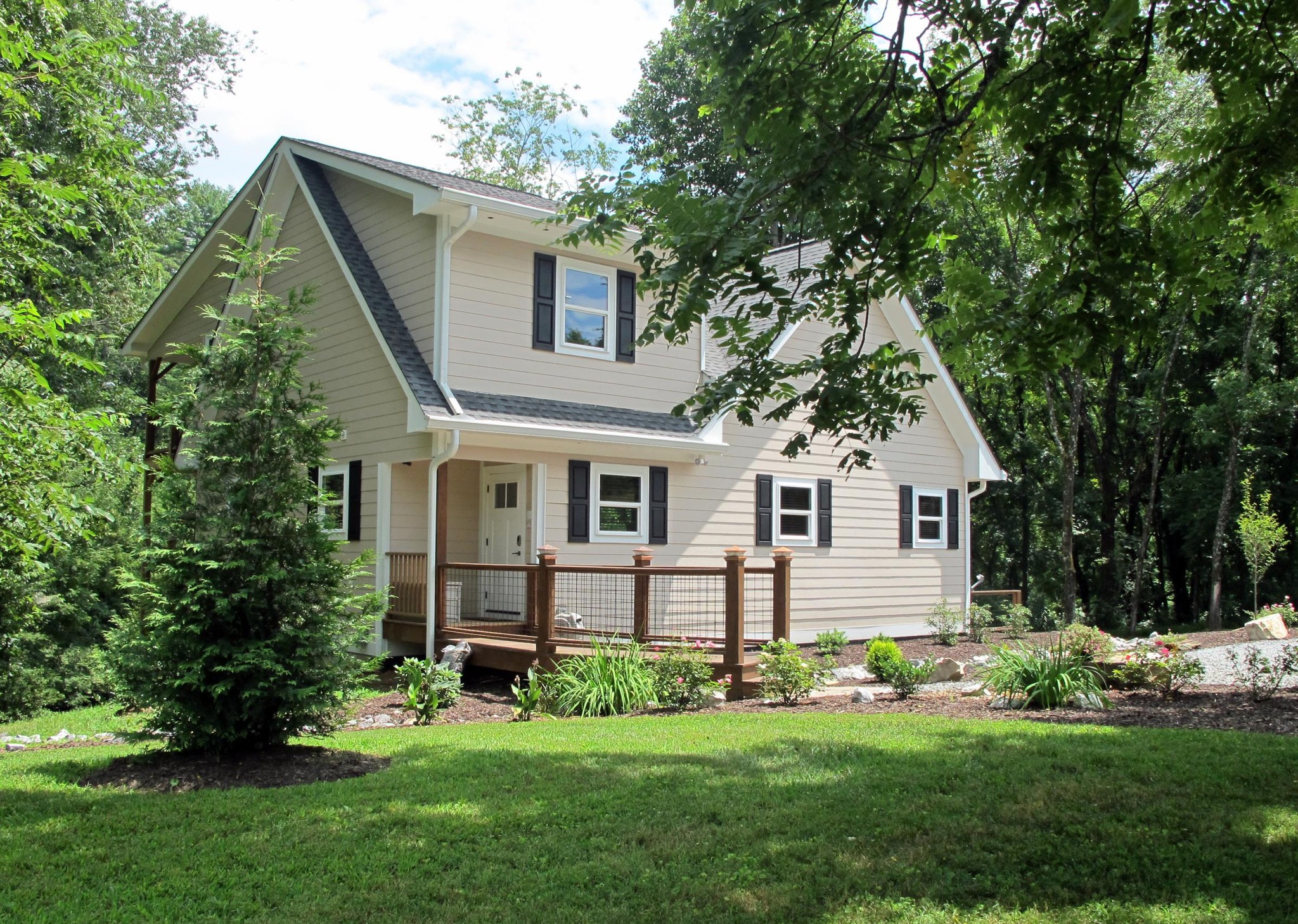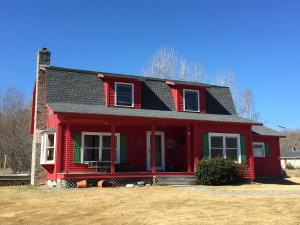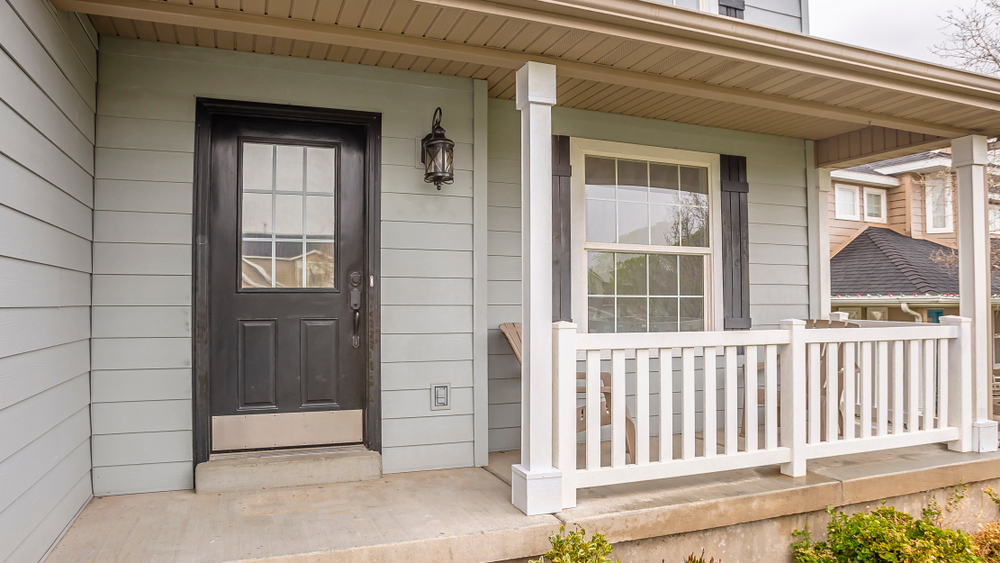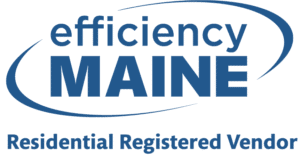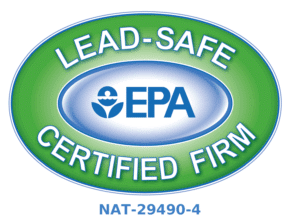If you’re struggling with comfort issues or high heating costs, the problem might not be what you think. You can’t always see the cracks and gaps letting outdoor air sneak in—or the warm air slip away.
That’s why we use blower door testing: a powerful diagnostic tool that helps us measure your home’s air leakage, pinpoint energy waste, and recommend upgrades that actually solve the problem.
Whether your home is brand new or 100 years old, air leaks could be costing you money and comfort. We’re here to help you find them—and fix them.
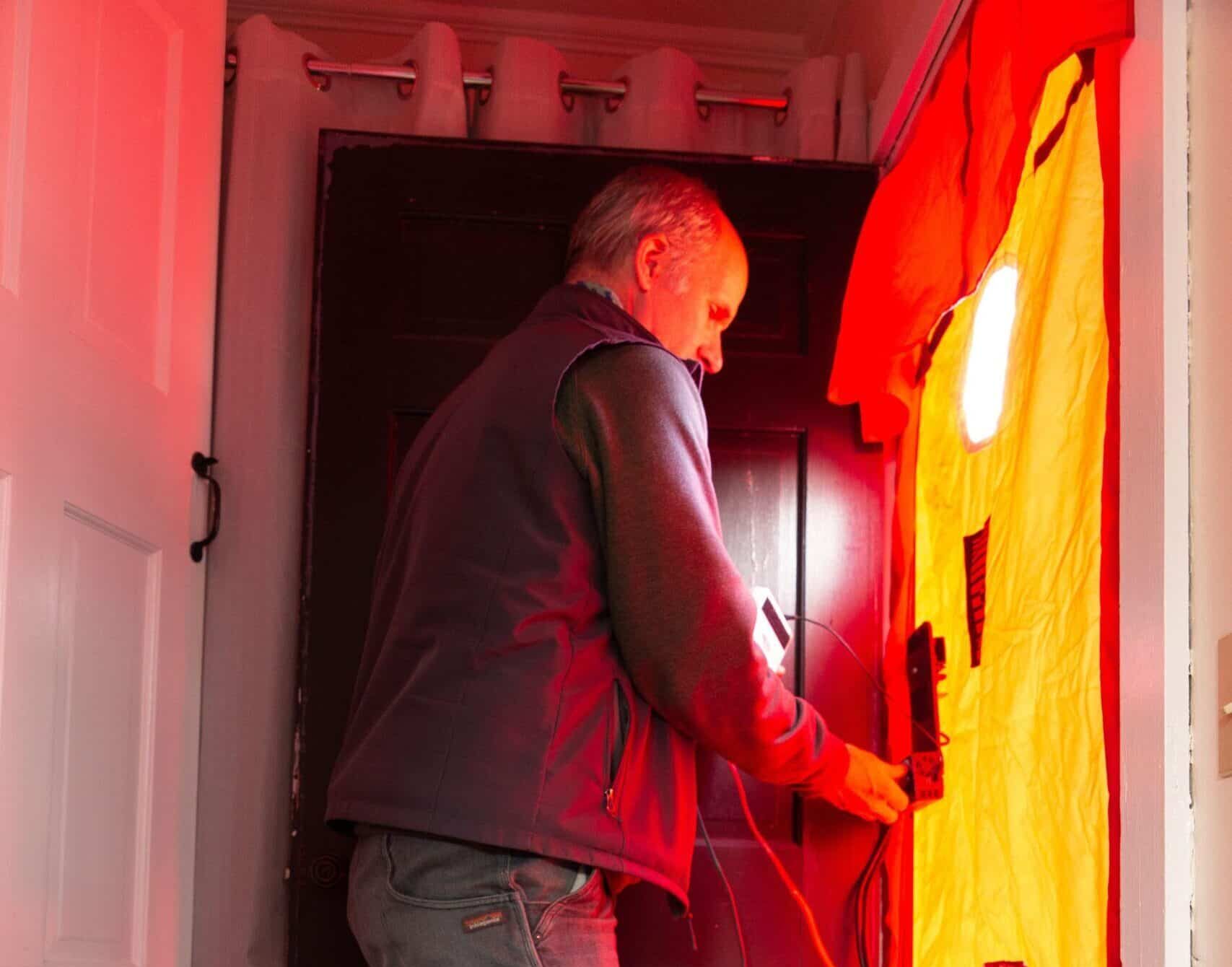
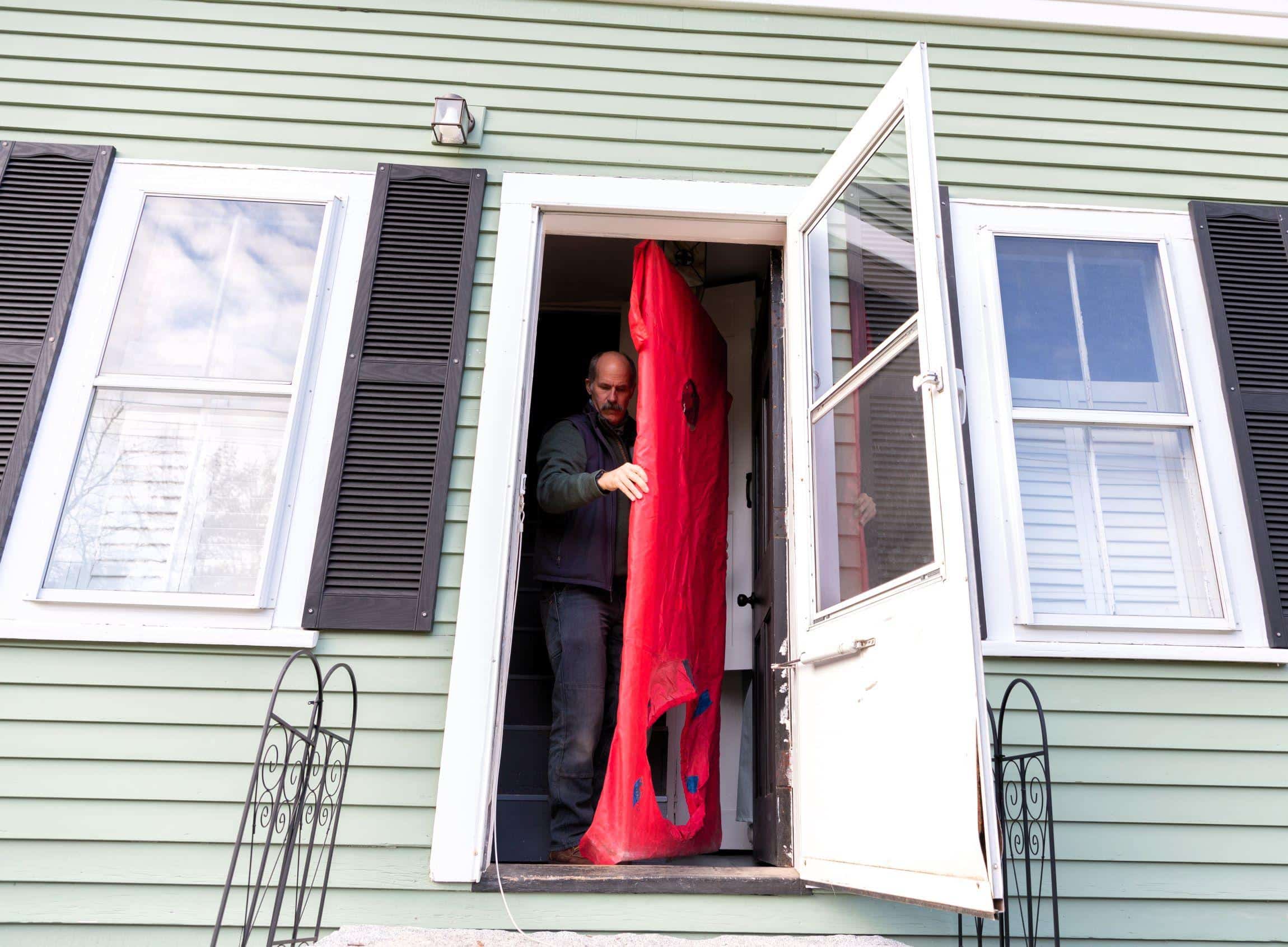
What Is a Blower Door Test?
A blower door test uses a powerful fan installed in an exterior doorway to lower the air pressure inside your home. This forces outside air to rush in through cracks, gaps, and holes—revealing where your home is leaking air.
While the test runs, we use an infrared thermal camera to detect hidden problem areas behind walls, around rim joists, in the attic, and more. Summer’s a great time to conduct this test, as the leaks entering your living spaces from your attic or the outdoors are colored warm or hot, while the colder air leaking up from the basement or crawlspace will show up as cool on our cameras.
The result? A detailed picture of your home’s energy performance—one that helps us target the right upgrades for maximum comfort and savings.
How Blower Door Testing with Evergreen Works
- We prepare your home: closing exterior doors and windows, opening interior doors, covering ashes in wood stoves and fireplaces, and turning off all combustion equipment.
- We install the blower door fan in one of your exterior doorways and turn it on, depressurizing your home.
- We measure the amount of air coming in to determine how “leaky” your house is.
- We then scan with a thermal camera to reveal the exact spots where insulation and air sealing are needed.
This is part of our full energy audit we use to design smart, effective insulation and air sealing upgrades.
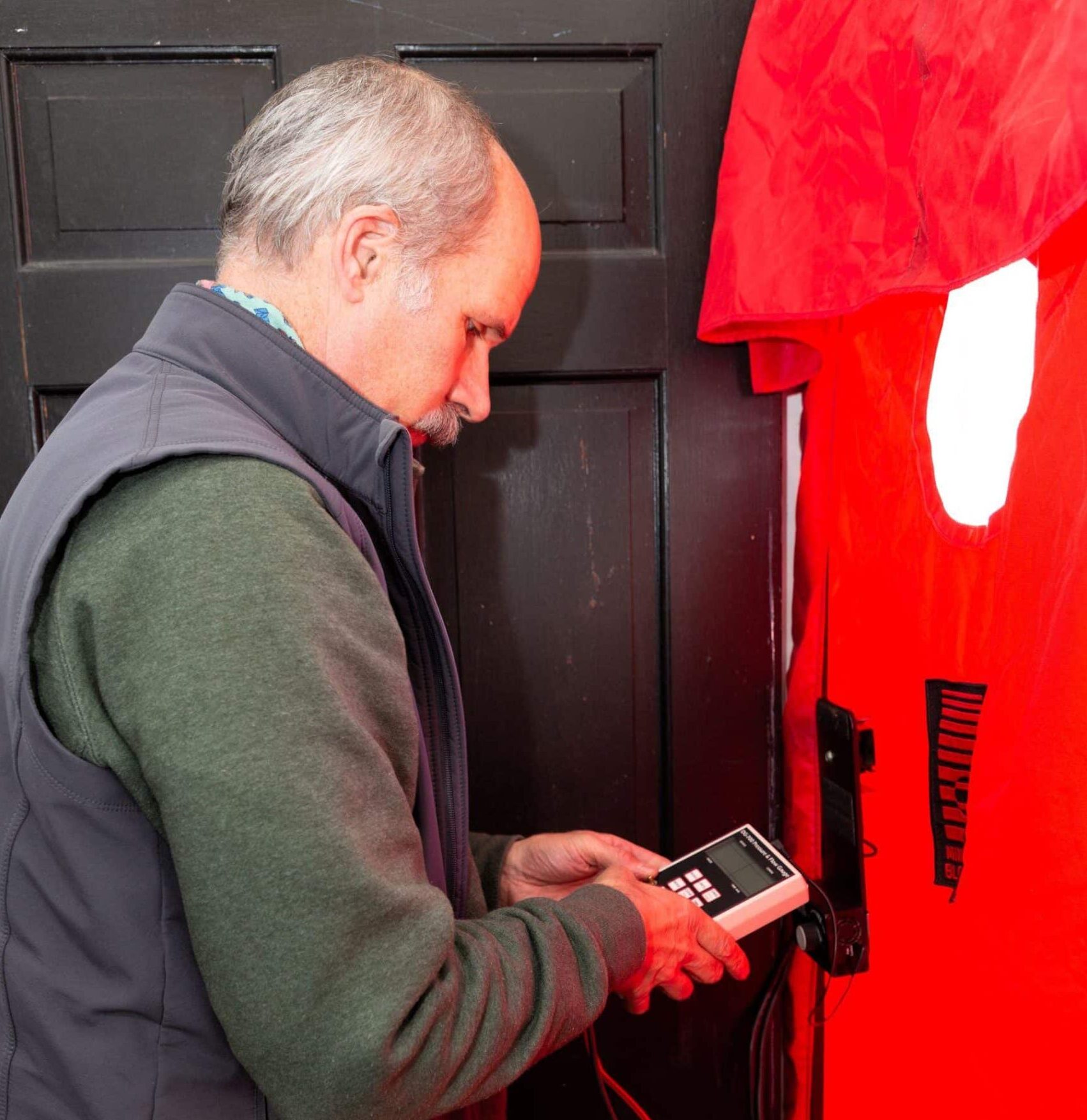
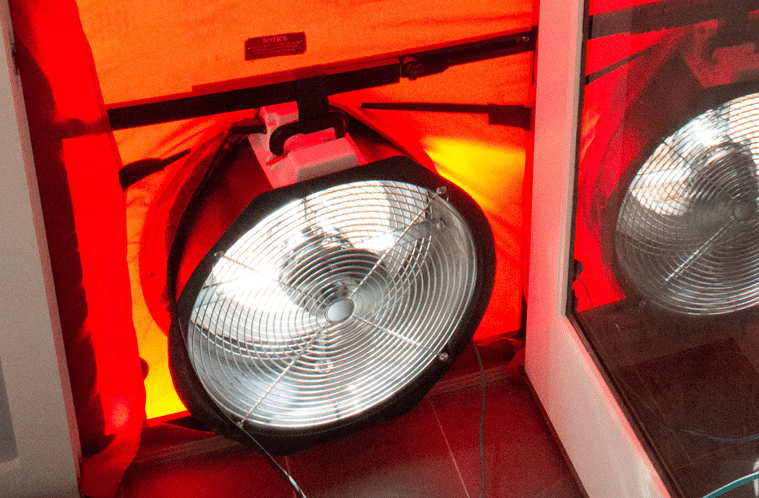
Why Blower Door Testing Matters for Your Home
A blower door test gives us data, not guesswork. That means smarter upgrades and measurable results.
With the insights from this test, Evergreen can help you:
- Identify and seal hidden air leaks
- Improve your home’s comfort and consistency
- Cut down on heating and cooling bills
- Reduce strain on your HVAC system, especially recently installed heat pumps and mini-splits
- Protect indoor air quality by achieving the right balance of airtightness and ventilation
Blower door testing doesn’t just reveal when your home is too leaky—it can also show if it’s too airtight. In homes that have been over-sealed without proper ventilation, indoor air quality can suffer.
We use this information to make sure your home is healthy and recommend ventilation solutions if needed to keep your indoor air fresh, safe, and clean.
Plus, blower door testing is required for Efficiency Maine insulation rebates. We’ll do a pre-project test to establish a baseline and then a final test at the end to confirm the quality of our work and to prepare the final rebate application.
Trusted Blower Door Testing for Maine Homes
From historic homes to newer builds in Rockland all the way down to Portland, we’ve tested—and improved—thousands of homes across Coastal and Southern Maine.
You don’t have to know whether blower door testing is right for your home—we’ll help you figure that out. Let’s talk about what you’re experiencing and decide on the best next step together.
